Which of the following compounds could liberate CO2 with aqueous NaHCO3?

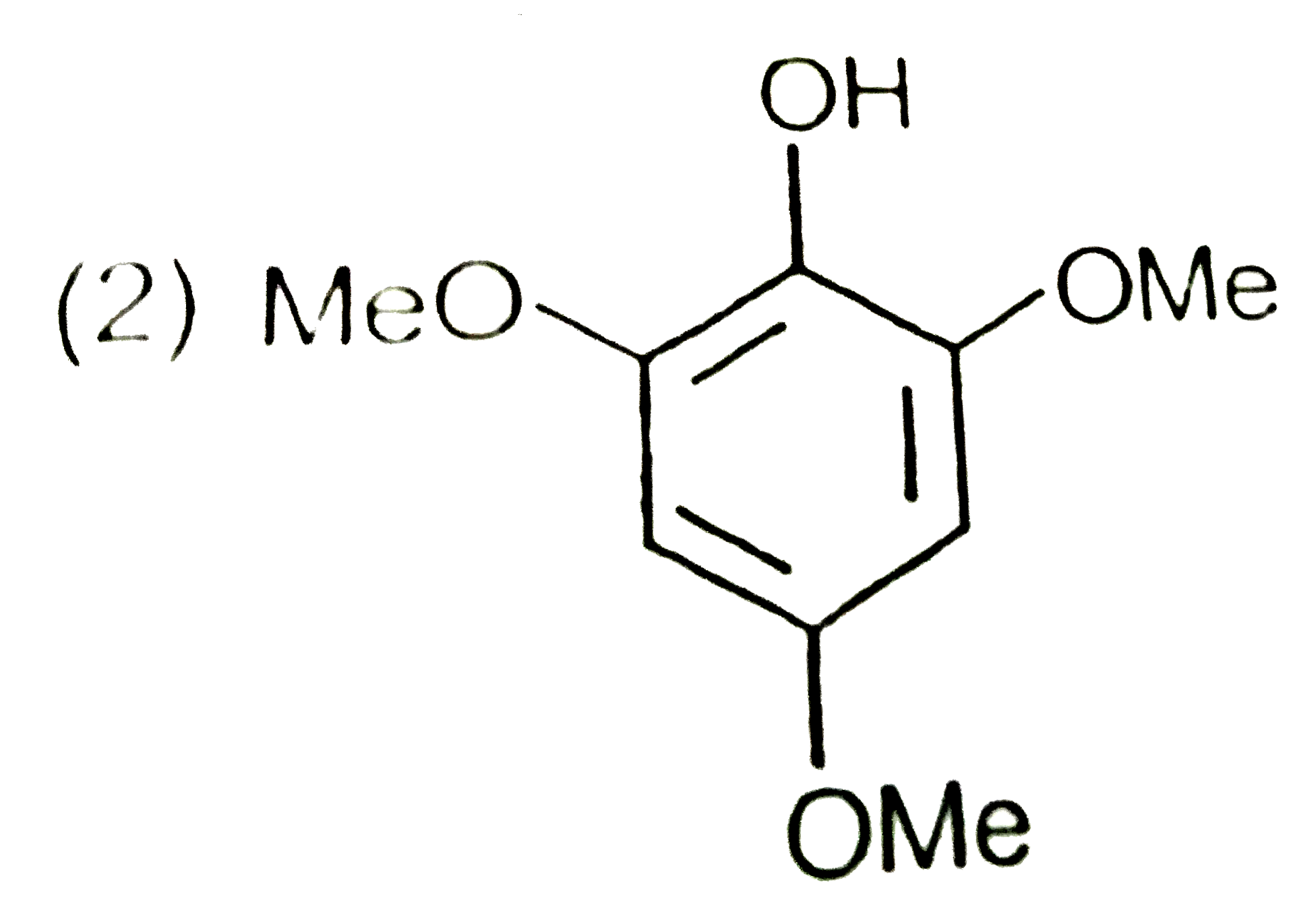
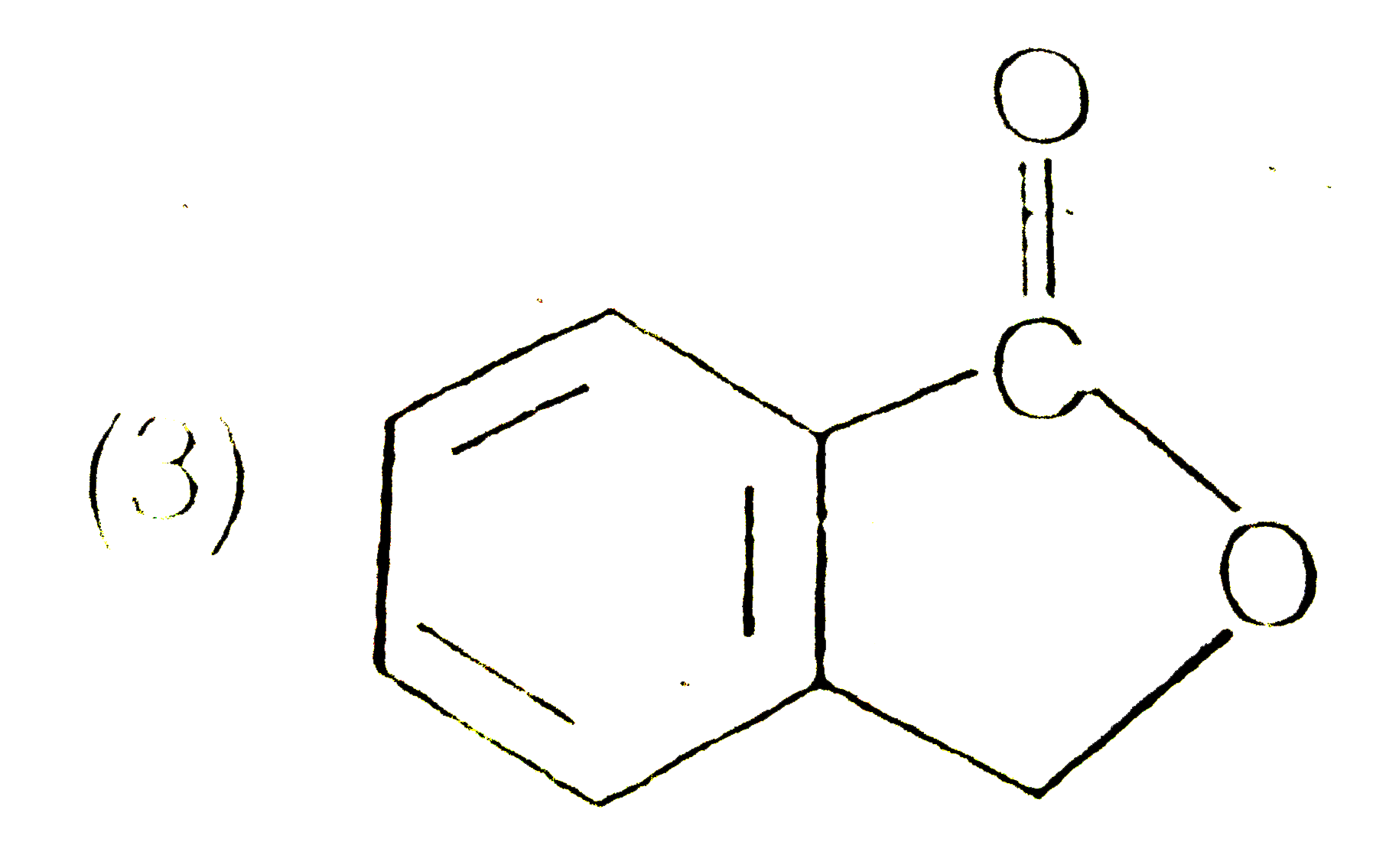

The correct Answer is:A, D
To determine which compounds can liberate CO₂ when reacted with aqueous NaHCO₃, we need to identify if the compounds have acidic protons. The reaction of NaHCO₃ with an acid (or a compound with an acidic proton) produces a sodium salt and releases carbon dioxide gas (CO₂). Let's analyze each option step by step.
1. Identify the Compounds: We have four compounds to analyze. We need to check each one for the presence of acidic protons.
2. Option 1:
- The compound has an -OH group attached to a carbon chain with three nitro groups.
- The hydrogen in the -OH group is acidic because it is attached to an electronegative oxygen atom.
- The presence of three nitro groups (which are electron-withdrawing) increases the acidity of this proton due to their -I and -M effects.
- Therefore, this compound can react with NaHCO₃ to release CO₂.
- Conclusion: Option 1 can liberate CO₂.
3. Option 2:
- This compound also has an -OH group but is substituted with three -OCH₃ (methoxy) groups.
- The -OCH₃ groups have lone pairs that donate electron density to the ring, exhibiting a +M effect.
- This increases the electron density and decreases the acidity of the -OH proton, making it less likely to be released.
- Therefore, this compound cannot react with NaHCO₃ to release CO₂.
- Conclusion: Option 2 cannot liberate CO₂.
4. Option 3:
- The compound has a carbonyl group (C=O) adjacent to a CH₂ group.
- The hydrogen atoms in the CH₂ group are not acidic enough to react with NaHCO₃, as they do not have a highly electronegative atom (like oxygen) to stabilize the negative charge after deprotonation.
- Therefore, this compound cannot react with NaHCO₃ to release CO₂.
- Conclusion: Option 3 cannot liberate CO₂.
5. Option 4:
- This compound has a -SO₃H (sulfonic acid) group.
- The hydrogen in the -SO₃H group is highly acidic due to the stability of the conjugate base formed after deprotonation, which can be stabilized by resonance.
- Therefore, this compound can react with NaHCO₃ to release CO₂.
- Conclusion: Option 4 can liberate CO₂.
Final Answer:
The compounds that can liberate CO₂ with aqueous NaHCO₃ are Option 1 and Option 4.
- The compound has an -OH group attached to a carbon chain with three nitro groups.
- The hydrogen in the -OH group is acidic because it is attached to an electronegative oxygen atom.
- The presence of three nitro groups (which are electron-withdrawing) increases the acidity of this proton due to their -I and -M effects.
- Therefore, this compound can react with NaHCO₃ to release CO₂.
- Conclusion: Option 1 can liberate CO₂.
- This compound also has an -OH group but is substituted with three -OCH₃ (methoxy) groups.
- The -OCH₃ groups have lone pairs that donate electron density to the ring, exhibiting a +M effect.
- This increases the electron density and decreases the acidity of the -OH proton, making it less likely to be released.
- Therefore, this compound cannot react with NaHCO₃ to release CO₂.
- Conclusion: Option 2 cannot liberate CO₂.
- The compound has a carbonyl group (C=O) adjacent to a CH₂ group.
- The hydrogen atoms in the CH₂ group are not acidic enough to react with NaHCO₃, as they do not have a highly electronegative atom (like oxygen) to stabilize the negative charge after deprotonation.
- Therefore, this compound cannot react with NaHCO₃ to release CO₂.
- Conclusion: Option 3 cannot liberate CO₂.
- This compound has a -SO₃H (sulfonic acid) group.
- The hydrogen in the -SO₃H group is highly acidic due to the stability of the conjugate base formed after deprotonation, which can be stabilized by resonance.
- Therefore, this compound can react with NaHCO₃ to release CO₂.
- Conclusion: Option 4 can liberate CO₂.
The compounds that can liberate CO₂ with aqueous NaHCO₃ are Option 1 and Option 4.
Topper's Solved these Questions
- ALDEHYDES, KETONES AND CARBOXYLIC ACIDS BOOK - AAKASH INSTITUTE ENGLISHCHAPTER - ALDEHYDES, KETONES AND CARBOXYLIC ACIDS EXERCISE - Assignment (SECTION -D Linked Comprehension type Questions)
6 Videos
- ALDEHYDES, KETONES AND CARBOXYLIC ACIDS BOOK - AAKASH INSTITUTE ENGLISHCHAPTER - ALDEHYDES, KETONES AND CARBOXYLIC ACIDS EXERCISE - Assignment SECTION - E Assertion - Reason Type Questions)
7 Videos
- ALDEHYDES, KETONES AND CARBOXYLIC ACIDS BOOK - AAKASH INSTITUTE ENGLISHCHAPTER - ALDEHYDES, KETONES AND CARBOXYLIC ACIDS EXERCISE - Assignment (SECTION -B OBJECTIVE TYPES QUESTIONS (ONE OPTION IS CORRECT)
24 Videos
- ALCOHOLS, PHENOLS AND ETHERS BOOK - AAKASH INSTITUTE ENGLISHCHAPTER - ALCOHOLS, PHENOLS AND ETHERS EXERCISE - Try Yourself
5 Videos
- AMINES BOOK - AAKASH INSTITUTE ENGLISHCHAPTER - AMINES EXERCISE - Assignment Section -J (Aakash Challengers Questions)
9 Videos
Similar Questions
Knowledge Check
Which of the following compounds are soluble in NaHCO3 ?
A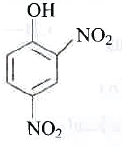 B
B C
C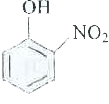 D
D
Which of the following compound will not liberate CO2 on reaction with NaOH?
A B
B C
C D
D
Which of the following compounds will not produce CO2 on reaction with NaHCO3 ?
A B
B C
C D
D
Phenols are more acidic than aliphatic alcohols acidity of phenols can be further increased by the introduction of electron withdrawing groups in aromatic ring .Acidic nature of phenol is because of the resonance stabilization of phenoxide ion

Which of the following will evolve CO2 gas with aqueous NaHCO3?
View SolutionHow many of the following compounds give CO2 on reaction with NaHCO3
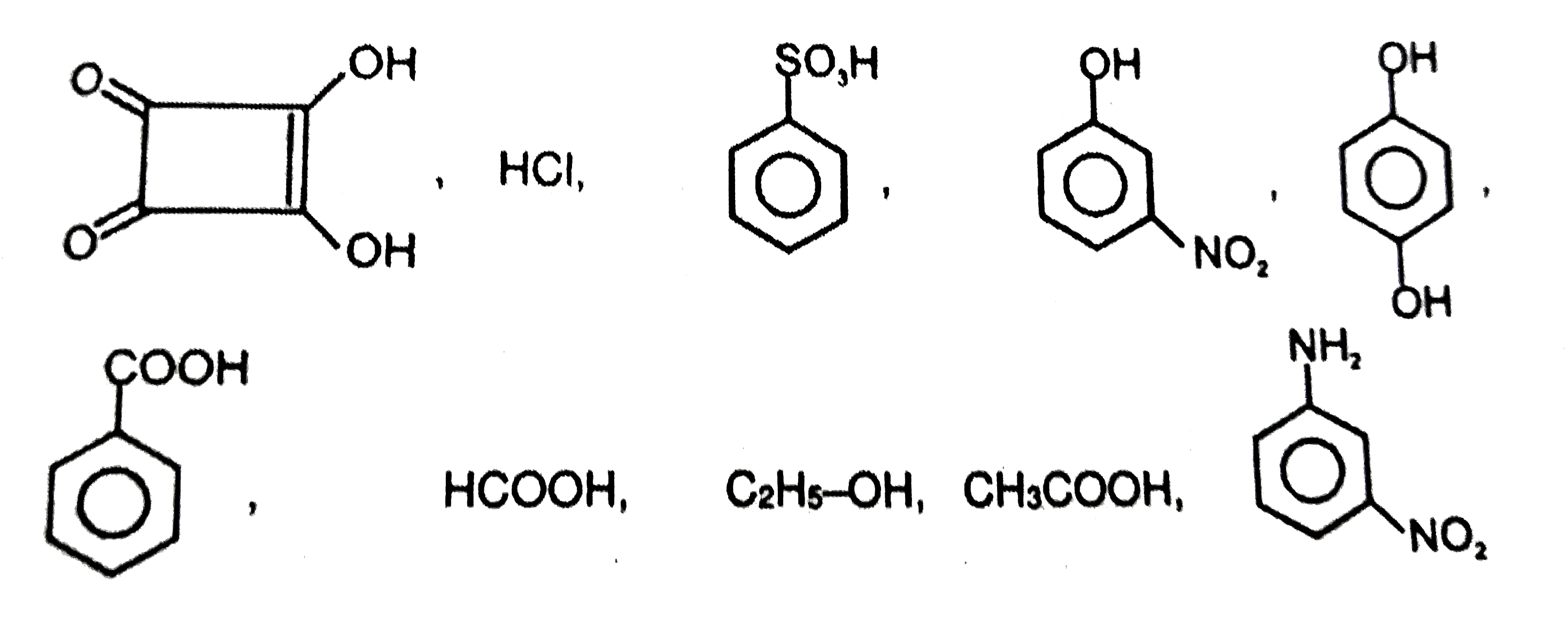
View SolutionWhich of the following compound will gives positive test with NaHCO3?

CH3COOH,PhSO3,PhOH
View SolutionWhich of the following compounds does not react with NaHCO3?
View SolutionWhich of the following compounds does not liberate N2 on
treatment with HNO2?
View Solution